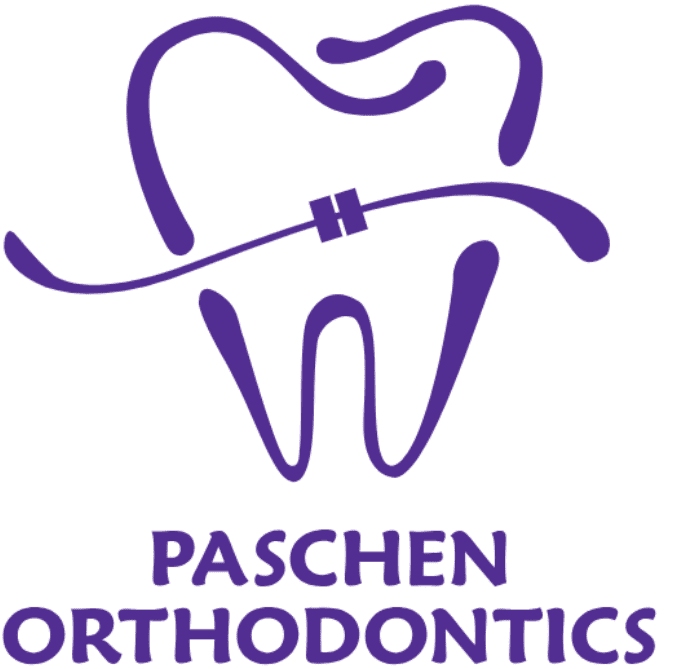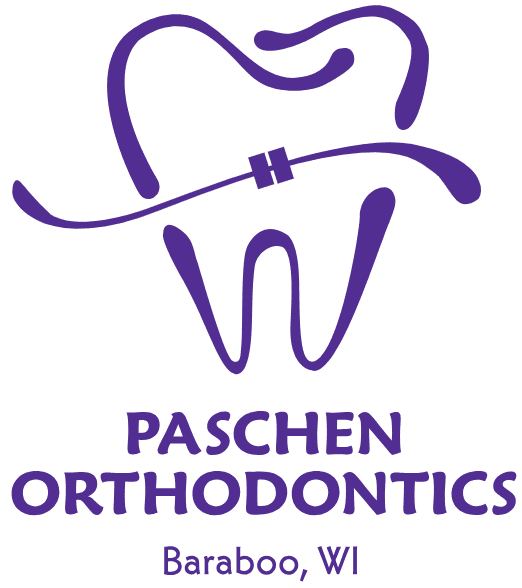Children begin to explore their world through oral sensory stimuli as early as 3 months. This is a wonderful time to start developing healthy habits! While some dental problems are genetic, many can be prevented. Problems with dental development and facial growth can arise very early in response to oral habits and routines. We love to counsel caregivers on developing positive habits that can nurture favorable muscular function, oral-facial growth, and cavity-free teeth. This can help kids feel confident and comfortable in the dental setting. Our evaluation is considered a preventive dental visit and is covered by most general dental insurance policies. The visit includes:
- Oral hygiene assessment
- Demonstration of appropriate oral care techniques
- Pediatric oral care product recommendations
- Application of cavity-fighting topical varnish as needed
- Screening for tongue and lip ties that may impact feeding or development
- Oral habit counseling- weaning pacifier and sucking habits
- Age-based counseling on nutrition, airway, and feeding to encourage appropriate dental, skeletal, and myofunctional development
- Helping your child feel comfortable in the dental office
Could your child benefit from preventative orthodontics? Here’s what to look for:
- Baby teeth without spacing: While we often think of perfect smiles being “gap-free”, this is not the case for toddlers and young children. Lack of spacing is an early sign that the dental arch is underdeveloped and will lack room for permanent teeth.
- Early loss of baby teeth due to cavities or trauma: While it is true that baby teeth are transient, they play a crucial role in holding space for permanent teeth. Early loss of baby teeth can lead to unfavorable shifting that can trap permanent teeth in the bone.
- Mouth breathing and open mouth posture: If the mouth is open, your child is probably not breathing properly. Mouth breathing can be a sign of airway restriction and can lead to a cascade of side-effects, including changes in craniofacial development.
- An abnormal bite or jaw relationship: These bites often arise from oral habits, airway concerns, myofunctional problems, or skeletal discrepancies. When your child bites, the top teeth should fit over the bottom teeth like a roof on a house. Abnormal relationships that we routinely address include: crossbites (lower teeth wider than upper teeth or lower teeth in front of upper teeth) and anterior open bites (a gap between the upper and lower teeth when biting).
Interceptive treatment is designed to minimize or eliminate more complex problems as your child grows. The American Dental Association recommends an orthodontic screening by age 7. While every child develops at their own pace, this generally is a favorable time to intervene if problems are seen with skeletal or dental development. Intervention even earlier can be beneficial for some children, while others need more time to develop. Intervention might include:
- Complimentary Orthodontic Screenings
- Determining need and readiness for interceptive orthodontic treatment
- Screening for airway concerns, lip and tongue ties, or myofunctional problems
- Explanation of phased orthodontic treatment if applicable
- Growth and development monitoring
- Habit Elimination Programs – Intervention for harmful thumb and finger sucking habits that negatively impact skeletal growth and dental development
- Space Maintainers
- Hold space for permanent teeth when baby teeth are lost prematurely or require removal
Phase I Orthodontic Treatment- This interceptive treatment involves functional appliances, expanders, and limited application of braces to guide growth and facilitate more favorable dental and facial development.
We love setting teens up for success with well-aligned teeth, a functional bite, and improved self-esteem. Treatment at this age may include:
- Complimentary Orthodontic Screenings
- Screening for airway concerns, lip and tongue ties, or myofunctional problems
- Growth and development monitoring
- Determining need and readiness for orthodontic treatment
- Limited or Comprehensive Orthodontic treatment: application of appliances, braces, and/or aligners to align teeth and establish healthy bites
- Custom mouthguards and retainers
You are never too old for orthodontic treatment- whether you desire movement of specific teeth or would like comprehensive treatment to address your bite, we can advise and customize our treatment to suit your needs.

